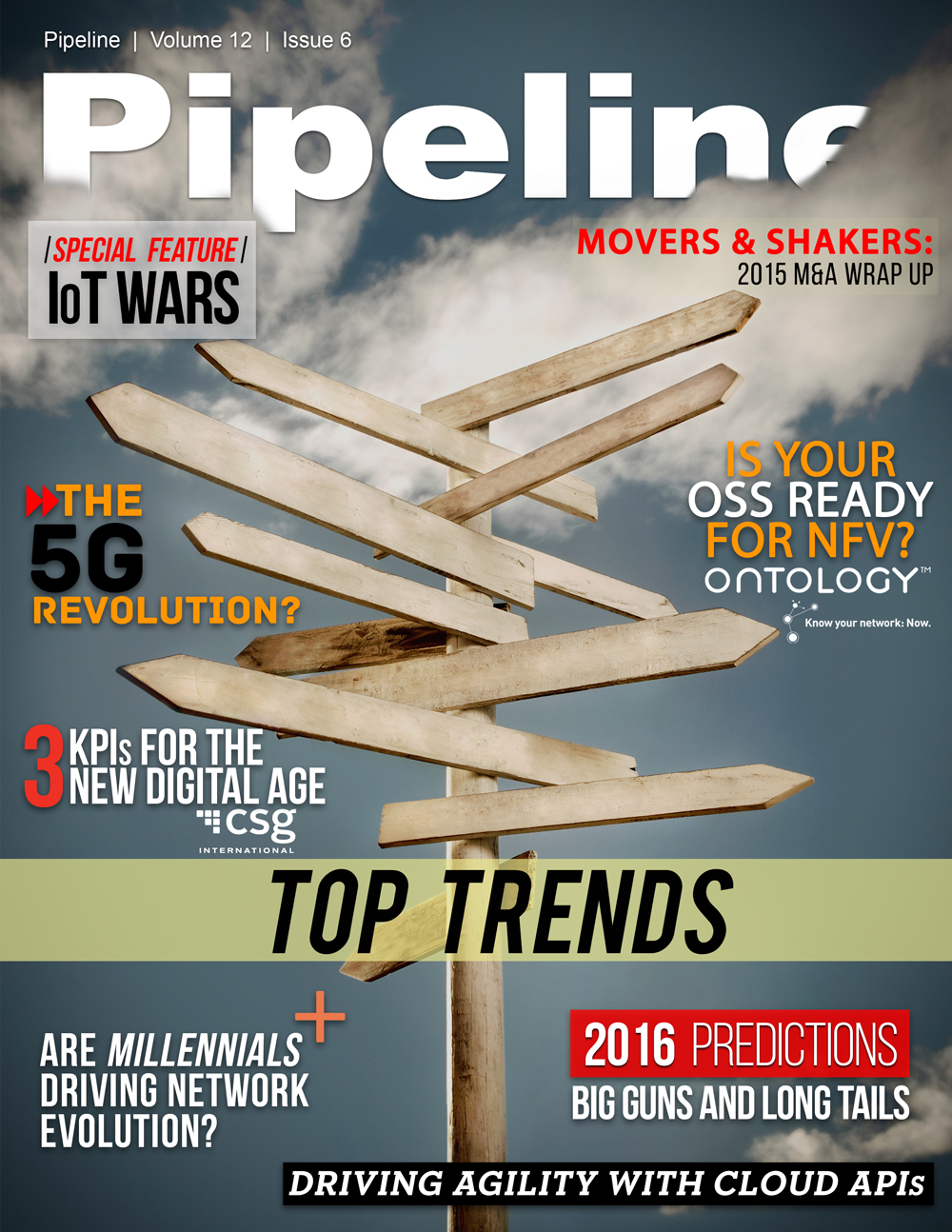Three KPIs for the New Digital Age
By: Ken Kennedy

It’s hard to avoid seeing animated superheroes these days – it seems as if every channel guide and movie theater is telling stories of a seemingly ordinary person with extraordinary abilities. Both the ordinary person and their extraordinary alter-ego exist within the same person, and usually, there is a struggle to maintain the balance. It strikes me that it’s not that different in today’s telecom world.
As service providers grapple with transforming their business to better serve the digital consumer, they find themselves managing traditional networks and systems while rolling out new digital services and networks. For many providers, this balance between the "ordinary" business-as-usual and "extraordinary" new digital services has become the norm, and success is measured by a KPI-centric approach to operations and systems performance. But in serving a more digitally-savvy and mobile consumer, new ways to measure success and a new set of priorities are emerging — one centered around the customer experience as a catalyst for creating a more loyal customer base, and as a result, more reliable revenue from digital services.
As providers focus on what business models and services create the best opportunities for revenue in 2016 and beyond, CSG believes that new priorities designed to support digital transformation will emerge:
Emerging Priority: Boost QoE
When you consider the projection that by 2019, every second, nearly a million minutes of video content alone will cross the network, the ability to surround content services with an excellent Quality of Experience (QoE) becomes a differentiating part of the digital service provider’s capabilities. QoE of streaming video in particular is directly impacted by video portability – consumers can’t, and don’t want to, watch millions of minutes of video from only their couch. In fact, today, CSG supports content delivery and monetization for more than 20 devices including phones and tablets, smart televisions, streaming devices and gaming consoles. QoE when browsing, buying and renting video services is only one example – the strength of the QoE can also open opportunities to sell other services such as home security, home automation and out-of-home Wi-Fi.
For the coming year, we believe that entitlements caching and digital lockers will become more essential to maintaining a high level of QoE. Ensuring that consumers can use their services across devices and locations can not only reduce digital churn, but can create a more loyal customer who is willing to purchase additional services. From a consumer perspective, think about buying a movie through iTunes on your mobile phone, then realizing later that your kids can’t watch that movie on their tablet while on a family vacation. If a provider can offer that same movie on any device using one digital login, the consumer will return for the ease and convenience of the experience.
Once you can enable consumer rights to use content across devices, you’ve done the heavy lifting; so make sure the basics are covered too. In our experience, the most common customer care actions that consumers need are resetting passwords, managing balances, updating credentials, and asking device playback questions. By featuring these items on the first screen of a consumer dashboard, customers can take action on those items immediately and have quick issue resolution for common tasks.
There are a myriad of factors that contribute to a top-notch QoE; but, regardless of the approach, QoE must be underpinned by the smart alignment of people, process and technology within a provider’s operations.
Emerging Priority: Leverage the Cloud
Industry pundits have said that CIOs are beyond the point of capitulation. They know they need to leverage the cloud to drive better efficiency and true business outcomes.
The next generation of infrastructure is one that leverages automation, orchestration, standardization and abstraction to drive down unit costs, accelerate provisioning times and reduce the number of critical outages through improved resiliency. IT departments are shifting from building their own infrastructure to consuming cloud-based solutions for PaaS and SaaS.
Moving key components of operations to the cloud will deliver cost optimization across a broad cross-section of the business; however, cloud alone does not enable a provider to exploit and enhance the fundamental business outcomes that are critical in today’s digital era. These include: time-to-market, customer satisfaction, and service predictability/agility.



















